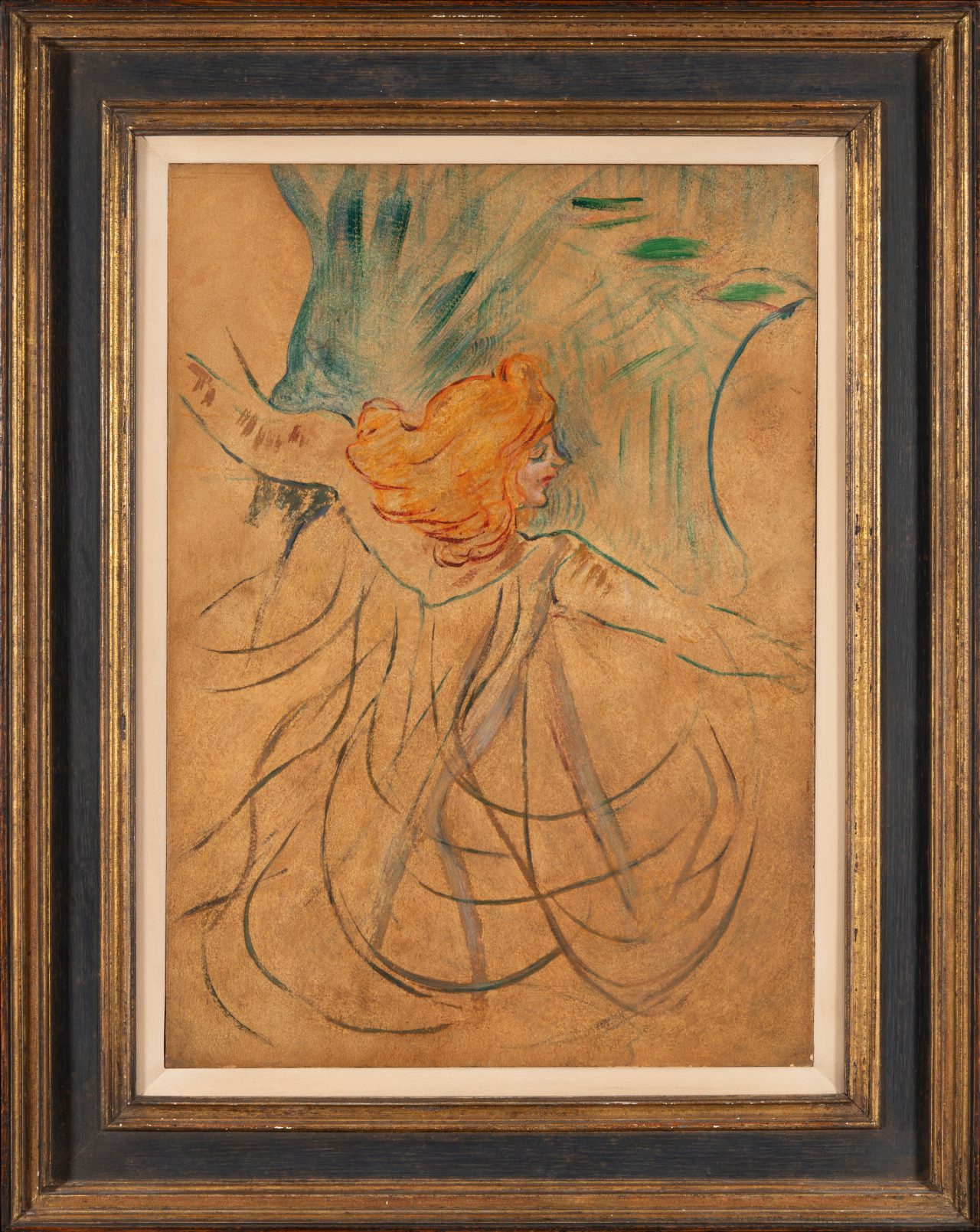https://www.wardmoretti.art/usr/library/documents/main/press-release_grand-spectacle-at-ward-moretti-london.pdf
Ward Moretti, London
23 September – 1 November 2024
Ward Moretti is delighted to announce the exhibition Grand Spectacle! Entertainment in Belle Époque Paris, which will be on display at the gallery in St James’s London from 23September to 1November 2024. The so-called ‘Belle Époque’ (1871-1914) was a remarkably optimistic and fertile period for the arts, industry and global influence of Paris. With the flourishing of the French capital's theatres, cabarets, salons, music halls and circuses, Belle Époque Paris had something to tempt denizens and visitors from every level of society. La Ville Lumière oQered a seemingly endless source of inspiration and became a global centre for the arts and entertainment. This golden age of French culture was captured by the period’s greatest artists, drawn to the vibrant and innovative atmosphere. The optimism of the era, ultimately cut short by the First World War, gave rise to new and significant artistic styles: Post-Impressionism, Orphism, Fauvism and Cubism, among many others.
The works in this exhibition by the likes of Toulouse-Lautrec, Picasso and Van Dongen provide a glimpse into the fleeting and captivating spectacles of the city at that time. In a 1904 watercolour by Picasso, Wagnerian soprano Suzanne Bloch poses dramatically in a crimson cloak. The American modern dancer and choreographer Loie Fuller, captured in her famous Serpentine Dance by Toulouse-Lautrec (c. 1892), supported newly arrived talent, such as the Japanese dancer Sada Yacco, and may even have commissioned Picasso’s drawing of her for an advertising poster (c.1900). Picasso also sketched the Can-can dancer Jane Avril, a favourite muse of Toulouse-Lautrec, for the magazine Le Frou Frou (1901), while Degas recorded the cabaret performances of singer Emilie Bécat, and society sculptor Paul Troubetskoy paid tribute to celebrated ballerina Anna Pavlova (c. 1912).
Among the highlights of this exhibition are two spectacular paintings of Belle Époque performers by celebrated Fauve Kees van Dongen. Shocking and stridently coloured, Danseuse Bohémienne (c. 1907) captures the zeitgeist of the era in its imagined Orientalism, inspired by a sultry dancer named Anita who performed in Montmartre’s red-light district. Even more unusual is Van Dongen’s Modjesko soprano singer (1907), which takes as its subject Claudius Modjesko, the stage name of the American born Black entertainer Edward Claude Thompson. Modjesko, known for his fine soprano voice and performances in female guise, found an enthusiastic welcome in Paris’s creative, and in many ways open-minded, artistic milieu.


